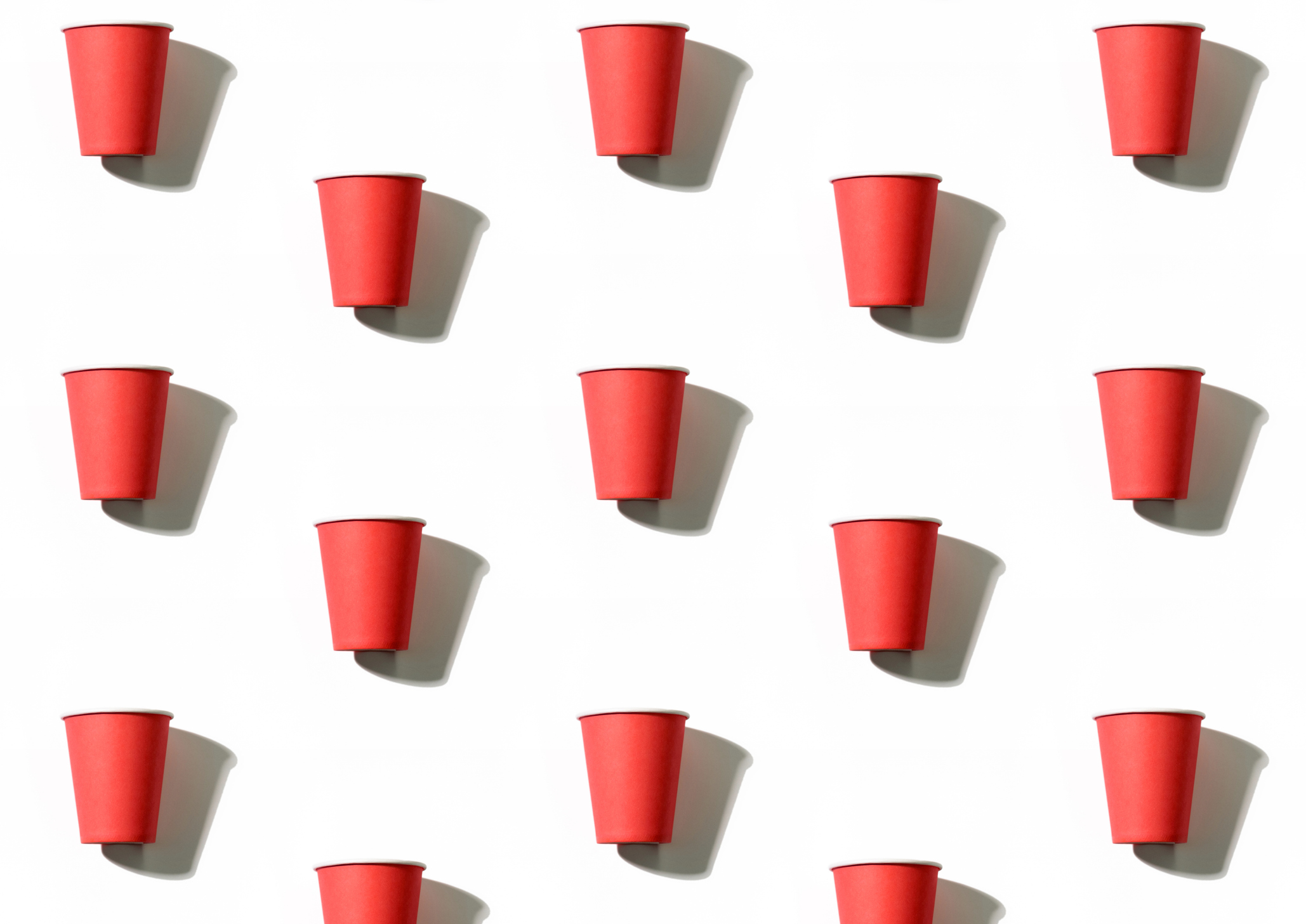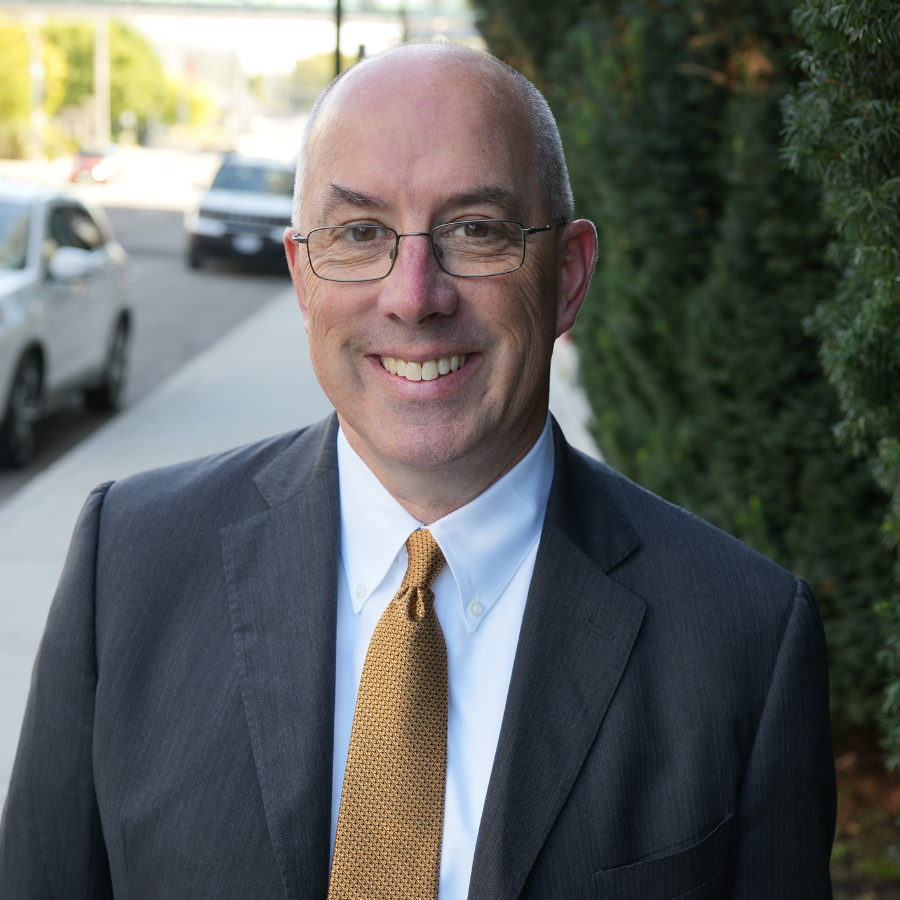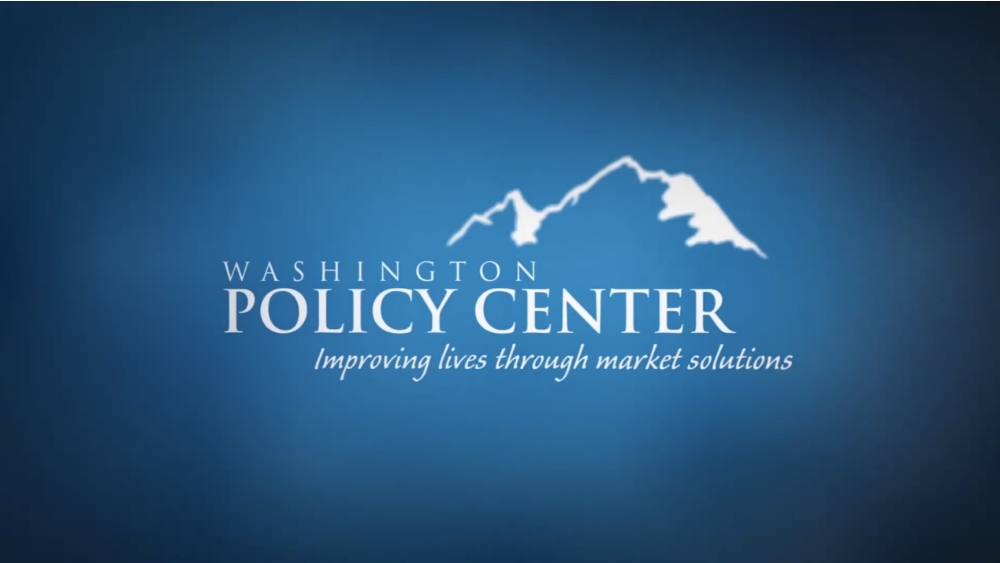Every year around Thanksgiving, Starbucks offers Red Cup Day when people who buy a holiday drink get a free, reusable cup. Not only do customers get a free cup, but they also receive a discount every time they bring the cup back.
Starbucks and other baristas across the state have been giving away or selling reusable mugs for many years. They argue it is better for the environment, but it doesn’t hurt that it helps to create loyal customers looking to save a little on their morning cup of inspiration.
Despite that long history, the Department of Ecology has decided Washington taxpayers should pay $400,000 to let residents know that they can buy a reusable coffee cup. According to agency staff, the original budget was $848,825 but was reduced to $400,000 due to budget cuts.
The program, called “Bring Your Own Cup,” encourages people to “Take the pledge” to bring your own coffee cup the next time you visit a coffee shop and to tell another person about your commitment. So far, about 3,200 people have signed the pledge.
Ecology staff created a map on the page of all the coffee shops where you can reuse your cup. They are also reaching out to coffee shops to get them to participate, telling them that encouraging reusable cups encourages “your customers all the more reason to stop in on a regular basis.”
The purported reason for the campaign is to reduce the number of paper cups used by consumers. The web page claims that 50 billion paper cups “go to waste” every year, although they don’t say where they got that number of if it is just Washington state. There are 8 million people in Washington, so 50 billion would mean each person uses 6,250 paper cups a year. Even in Washington state, that’s a lot of coffee for each person.
Among the many environmental challenges we face, paper cups are among the least threatening. They are not toxic, decompose relatively quickly if they end up as litter, and contribute a tiny amount to landfills. Among all the things to spend $400,000 on, reducing paper cup use is a pretty low priority.
State agencies routinely promote these kinds of public awareness programs without much effort to see what benefit they provide. So, how is Ecology measuring the impact of that money?
Ecology staff sent over a list of ways they are measuring the impact of the program. Their metrics include the number of people visiting the website, the number of participating coffee shops, the number of online pledges and survey results. They wrote that the agency “received over 2,500 survey results (in English and Spanish) about personal cup use at coffee shops. We will send out another survey to these participants in 6 months to measure progress and determine if the campaign led to increased and ongoing personal cup use and awareness of coffee shops that accept personal cups.” They will also do “qualitative data gathering” which includes visits to “participating businesses after the campaign to discuss if they noticed an increase in personal cup use after our campaign.”
That’s not very rigorous. The funding is part of a “waste reduction education campaign.” But Ecology won’t be able to say if they actually reduced the amount of waste. Given the long history of reusable cup programs, it is particularly unlikely that the state program will achieve much.
Even if all 3,200 people who took the pledge used one less paper cup every day for a year, the program spent 34 cents per avoided cup! That is far more than the cost of any environmental impact from those cups.
By way of comparison, $400,000 is about how much the state’s Salmon Recovery Funding board provided to San Juan County for salmon recovery. That funding almost certainly does more to help the environment than a one-time project telling people something that virtually every coffee drinker in the state already knew about.
Additionally, it is worrying that agency staff can spend about a million dollars on a program with few metrics of success and little accountability for outcomes, especially when there are other programs where the funding could be used more effectively.
The state has a budget mess of its own creation. It is likely to face additional shortfalls in the future due to a variety of factors. Agencies should end these kinds of wasteful and unaccountable public awareness campaigns, especially when they simply duplicate what is already being done by the private sector.



